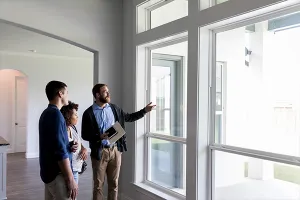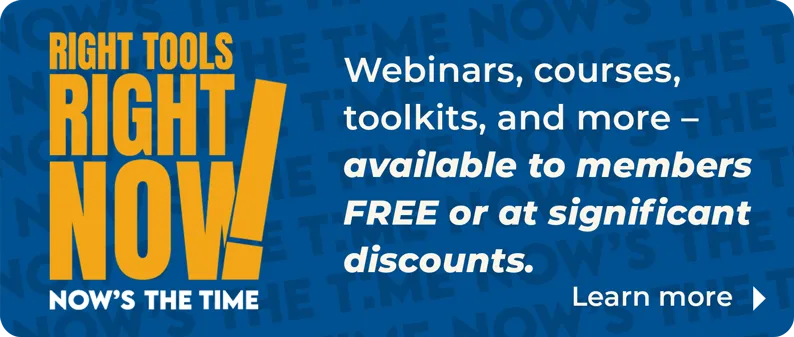Despite the current attention around buyers paying all-cash for homes, the majority of home buyers finance their home purchase. Among primary residence buyers, 74% percent financed their home purchase, a share that rises to 91% among first-time buyers. When financing a home, buyers typically have a down payment. But how much is it? And where does it come from?
Two of the biggest unknowns among home buyers are as follows:
- What is the typical down payment?
- What is needed to enter homeownership?
This critical knowledge informs the potential buyer on just how much to save and—just as importantly—how long that process may take. Seeking the right source is better than relying on outdated information or, worse still, misinformation. Unfortunately, 97% of NAR members surveyed worked with clients who consulted family members for advice, instead of a real estate agent, even if the family member would not live in the home. Let’s take a look at the real data.
While many potential buyers believe they need a down payment of 20% for their first home purchase, the typical down payment for first-time buyers has ranged from 6% to 9%, dating back to 2018. Going way back to 1989 (when the NAR first started collecting this data), the typical down payment has only ever been as high as 10%. However, for repeat buyers, the typical down payment was 23% last year. In recent years, the down payments for repeat buyers have steadily increased as housing equity for owners has grown. By contrast, in 2014, repeat buyers put down only 13% of the purchase price as a down payment.
Buyers have many loan options. The majority of all buyers use conventional financing to purchase a home. Among first-time buyers, 29% used an FHA loan. FHA loans allow borrowers to put down just a 3.5% down payment. Nine percent of first-time buyers used a VA loan. For VA loans, no down payment is required.
A mortgage broker or housing counselor can discuss the loan options available to buyers. Another resource for potential home buyers is the Down Payment Resource. There is an interactive website that directs potential buyers to state and local programs for which they may qualify. Programs may be available in local areas to assist with down payments, but also with student loans, property taxes, and even home renovations.
The last question may be this: Where does that down payment money come from? For nearly 70% of first-time buyers, the source of their down payment is savings. Twenty-five percent of buyers used a gift from a friend or relative. The share receiving family help has declined from a high of 36% in 2010. In 2010, there was a surge in first-time home buyers entering the market with the First-Time Home Buyer Tax Credit. Family may have encouraged buyers to enter the homebuying process and provided any help they could at the time. Additionally, as the age of first-time buyers has increased to an all-time high of 38 years old, it could be uncomfortable to ask family for help in purchasing their first home.
The share of first-time buyers who used financial assets for their down payment has increased in recent years. Twenty-one percent of first-time buyers used the proceeds from stocks or bonds, a 401(k), an IRA, or even cryptocurrency. To give this historical context, from 1997 to 2002, just 8%-11% of first-time buyers used financial assets. This uptick may be due to the increased number of younger investors or wealthier first-time buyers in the housing market.
While the share of first-time buyers who use inheritances for their down payment is still under 10%, it is worth noting that this share is at an all-time high. Seven percent of first-time buyers used a generational transfer of an inheritance to help them become homeowners. Additionally, due to higher home prices, buyers may need to utilize multiple sources to put together a down payment.












